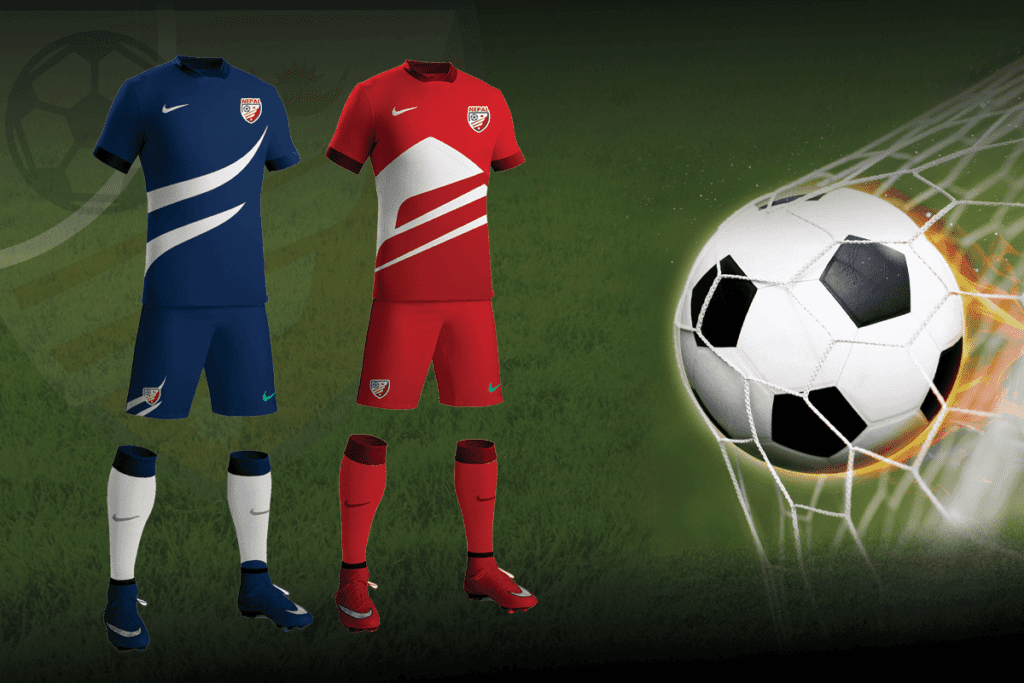Web accessibility ensures that people with disabilities can perceive, understand, navigate, and interact with websites. This guide helps Nepali businesses create inclusive digital experiences that serve all users while improving SEO and usability for everyone.
Understanding Web Accessibility
What is Web Accessibility?
Definition:
Websites, tools, and technologies designed so that people with disabilities can use them.
Types of Disabilities:
Visual:
-
- Blindness
- Low vision
- Color blindness
Auditory:
-
- Deafness
- Hard of hearing
Motor:
-
- Limited mobility
- Tremors
- Paralysis
Cognitive:
- Learning disabilities
- Memory issues
- Attention disorders
Why It Matters
Ethical Reasons:
-
- Equal access for all
- Social responsibility
- Human rights
- Inclusive society
-
- Larger audience reach
- Better SEO rankings
- Improved usability for all
- Reduced legal risks
- Enhanced brand reputation
Nepal Context:
- 2% of population has disabilities
- Growing digital literacy
- Aging population
- Mobile accessibility
- Future regulations
WCAG Guidelines
Understanding WCAG
Web Content Accessibility Guidelines:
- International standard
- Three levels: A, AA, AAA
- Four principles: POUR
POUR Principles
1. Perceivable
Information must be presentable to users in ways they can perceive.
2. Operable
User interface components must be operable.
3. Understandable
Information and operation must be understandable.
4. Robust
Content must work with current and future technologies.
Conformance Levels
Level A (Minimum):
-
- Basic accessibility
- Essential features
- Must-have requirements
Level AA (Recommended):
-
- Addresses major barriers
- Most common standard
- Balanced approach
Level AAA (Highest):
- Enhanced accessibility
- Specialized situations
- Difficult to achieve fully
Implementing Accessibility
Visual Accessibility
1. Alternative Text for Images
“`html


“`
Alt Text Best Practices:
- Describe image content/function
- Keep under 125 characters
- Don’t start with “image of”
- Leave decorative images empty
2. Color Contrast
Minimum Ratios:
-
- Normal text: 4.5:1
- Large text: 3:1
- Graphical elements: 3:1
Testing Tools:
-
- WebAIM Contrast Checker
- Chrome DevTools
- WAVE browser extension
Don’t Rely on Color Alone:
- Add icons to colored indicators
- Use patterns with colors
- Include text labels
3. Text Sizing and Spacing
Requirements:
- Minimum 16px base font
- Resizable up to 200%
- Adequate line height (1.5)
- Paragraph spacing (2x)
- Word spacing adjustable
4. Video and Audio
-
- Synchronized captions
- Describe audio content
- Include sound effects
- Speaker identification
Transcripts:
-
- Full text version
- Easy to find
- Downloadable option
Audio Descriptions:
- Narrate visual information
- Essential for blind users
- Between dialog
Keyboard Accessibility
Requirements:
-
- All functions keyboard accessible
- Visible focus indicators
- Logical tab order
- Skip navigation links
- No keyboard traps
Testing:
- Unplug mouse
- Navigate with Tab key
- Use Enter/Space to activate
- Access all content
Focus Indicators:
“`css
/ Good visible focus /
a:focus, button:focus {
outline: 3px solid #0066cc;
outline-offset: 2px;
}
“`
Forms Accessibility
Label Every Input:
“`html
“`
-
- Clear and specific
- Associated with field
- Suggest corrections
- Visible and accessible
Required Fields:
- Mark clearly
- Don’t rely on color alone
- Use text/icons
- Explain in instructions
Navigation Accessibility
Consistent Navigation:
-
- Same location on every page
- Consistent labeling
- Predictable structure
Multiple Ways to Find Content:
- Search function
- Site map
- Menu navigation
- Breadcrumbs
Descriptive Links:
“`html
Learn about our services
Click here
“`
Skip Links:
“`html
Skip to main content
“`
Semantic HTML
Proper Structure
Heading Hierarchy:
“`html
Page Title
Section
Subsection
Subsection
Section
“`
Landmarks:
“`html
“`
Lists:
“`html
“`
ARIA (Accessible Rich Internet Applications)
When to Use ARIA
First Rule:
Don’t use ARIA if HTML element exists.
Common ARIA Attributes:
aria-label:
“`html
“`
aria-labelledby:
“`html
Confirmation
“`
aria-describedby:
“`html
Password must be at least 8 characters
📚 For more insights, check out our web development strategies.
“`
aria-live:
“`html
“`
Mobile Accessibility
Touch Targets
Minimum Size:
-
- 44×44 pixels
- Adequate spacing
- Easy to tap
- No overlapping
Testing:
- Use on actual device
- Test with one hand
- Various finger sizes
Gestures
Provide Alternatives:
- Swipe alternatives
- Pinch zoom alternatives
- Complex gesture alternatives
Testing for Accessibility
Automated Tools
Browser Extensions:
-
- WAVE (Web Accessibility Evaluation Tool)
- axe DevTools
- Lighthouse (Chrome)
Online Checkers:
-
- WebAIM’s WAVE
- AChecker
- Accessibility Checker
Limitations:
- Catch only 30-40% of issues
- Manual testing required
- User testing essential
Manual Testing
Checklist:
- [ ] Keyboard navigation works
- [ ] Images have alt text
- [ ] Color contrast sufficient
- [ ] Videos have captions
- [ ] Forms properly labeled
- [ ] Headings properly structured
- [ ] Links descriptive
- [ ] Focus visible
- [ ] Content resizable
- [ ] No flashing content
Screen Reader Testing
Popular Screen Readers:
Basic Testing:
- Navigate by headings
- Fill out forms
- Click links
- Access content
User Testing
Include Real Users:
- People with disabilities
- Various assistive technologies
- Different skill levels
- Diverse backgrounds
Common Mistakes to Avoid
1. Images Without Alt Text
Impact: Screen readers can’t describe images
2. Poor Color Contrast
Impact: Low vision users can’t read text
3. No Keyboard Access
Impact: Keyboard users can’t navigate
4. Missing Form Labels
Impact: Screen readers can’t identify inputs
5. Auto-Playing Media
Impact: Disorienting for screen reader users
6. Inaccessible PDFs
Impact: Can’t be read by assistive tech
7. Complex CAPTCHAs
Impact: Impossible for some users
8. Tiny Touch Targets
Impact: Motor impaired can’t tap
Accessibility in Nepal
Local Considerations
Language:
-
- Nepali language support
- Multiple languages for tourists
- Clear, simple language
-
- Appropriate imagery
- Cultural references
- Local examples
Technical Constraints:
-
- Mobile-first approach
- Slow internet speeds
- Lower-end devices
Organizations:
- National Federation of the Disabled Nepal
- Nepal Disabled Women Association
- Nepal Association of the Blind
- Cerebral Palsy Nepal
Future Regulations
Global Trend:
Many countries implementing accessibility laws
Nepal Preparation:
- Build accessible sites now
- Stay informed on regulations
- Lead by example
- Competitive advantage
Resources and Tools
Learning Resources
Free Courses:
- WCAG 2.1 Guidelines
- MDN Accessibility
- A11y Project
Testing Tools
Free:
-
- WAVE
- axe DevTools
- Lighthouse
- Color Contrast Checker
Paid:
- Siteimprove
- Level Access
- AudioEye
Conclusion
Web accessibility is not optional—it’s a fundamental aspect of good web development. Building accessible websites serves more users, improves SEO, and future-proofs your digital presence.
Contact Gurkha Technology for accessibility audits, remediation services, and accessible website development.
139 Kunwar Marg, New Baneshwor, Kathmandu, Nepal
Phone: 01-4105085 | Email: info@gurkhatech.com


